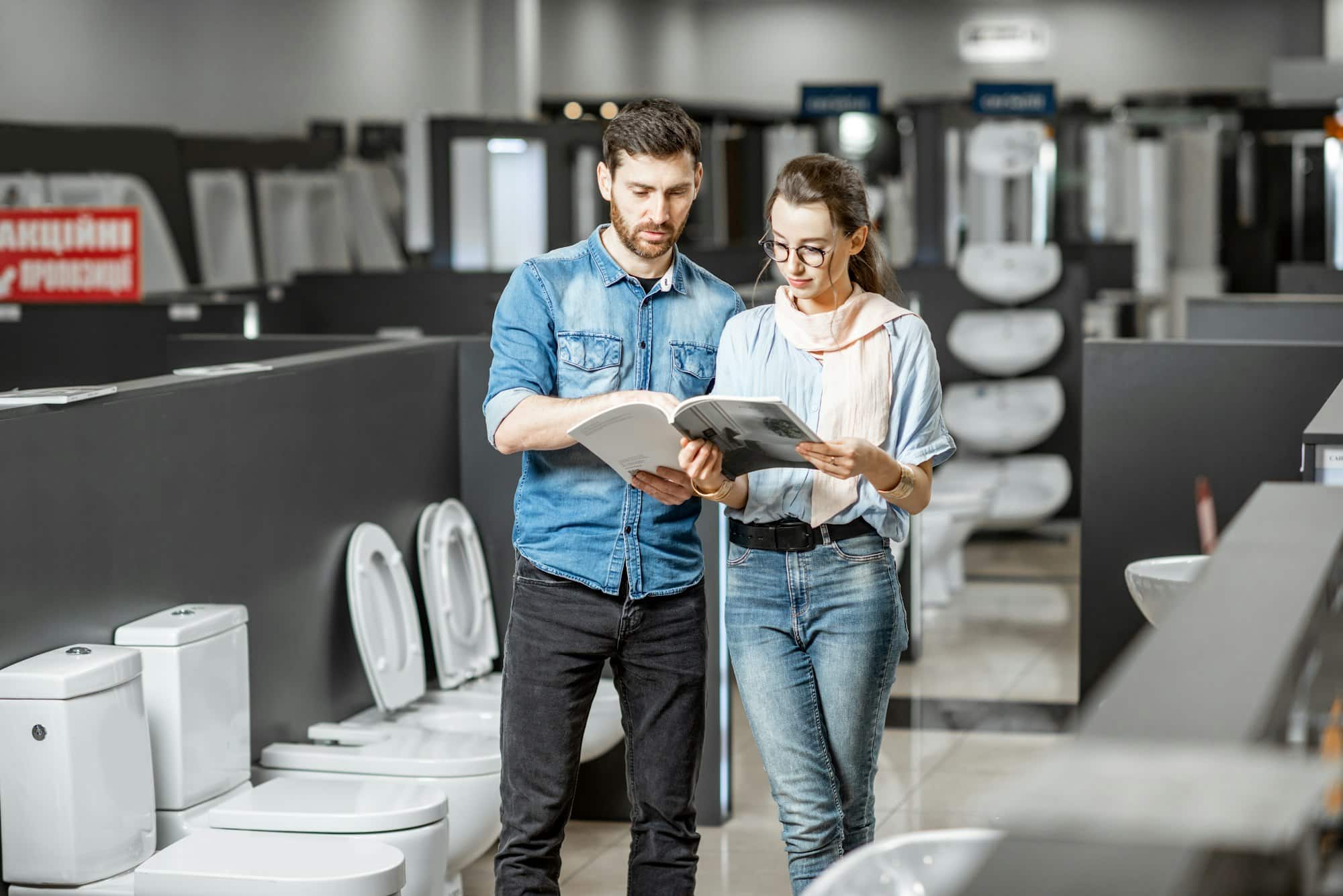Conserving water is a top priority in many households. One of the areas where you can make the biggest difference is in the bathroom, where toilets account for nearly 30% of total indoor water usage. Having a high-efficiency toilet can not only save water but also decrease your utility bills. This guide will help you understand what a high-efficiency toilet is, what to look for when choosing one and how to install it in your home.
Understanding High-Efficiency Toilets
In the past, a typical toilet used about 3.5 to 7 gallons per flush (gpf). The movement towards water conservation and efficiency led to the development of high-efficiency toilets. These toilets use 1.28 gallons per flush, or less, a significant reduction. They are designed to remove waste more efficiently, reducing the need for multiple flushes.
Have you seen this : What’s the Best Way to Set Up a Rain Barrel System for a City Garden?
High-efficiency toilets fall into three categories: dual-flush, pressure-assist, and gravity-fed. Dual-flush toilets offer two flushing options: one for liquid waste (using less water) and another for solid waste. Pressure-assist toilets use pressurized air in the tank to force water into the bowl, leading to a powerful and efficient flush. The most common type, gravity-fed toilets, use the force of gravity to create a flush.
The technology behind these toilets is key to their effectiveness. However, choosing a high-efficiency toilet isn’t just about the technology. It’s also about getting the one that fits your needs and aesthetic preferences.
Also to read : How Can You Create a Multi-Purpose Room for Yoga and Pilates at Home?
High-Efficiency Toilet Performance and WaterSense Label
When shopping for high-efficiency toilets, always look for models that bear the WaterSense label. This is an EPA (Environmental Protection Agency) program that certifies products based on their water efficiency and performance. A WaterSense-certified toilet meets high performance standards while using 20% less water than the federal standard.
Flush performance is an essential factor to consider. A toilet that requires multiple flushes to eliminate waste defeats the purpose of water conservation. One way to gauge performance is the MaP (Maximum Performance) score. It measures the amount of waste a toilet can remove with a single flush. A MaP score of 350 or above is considered acceptable.
Choosing a High-Efficiency Toilet
There’s no one-size-fits-all when it comes to toilets. When choosing a high-efficiency toilet, consider the size of your bathroom, the style of your fixtures, and how the toilet will be used.
A one-piece toilet, where the tank and bowl are integrated, has a sleek look and is easier to clean, but tends to be more expensive. A two-piece toilet, where the tank and bowl are separate, is more common and generally less expensive.
Consider also the height of the toilet. The standard height is about 15 inches, but there are also ‘comfort height’ toilets around 17 to 19 inches high. These are easier for adults to use but may be too tall for children.
Don’t forget about the flushing system. Dual-flush toilets offer more control over water use, but pressure-assist toilets tend to perform better at eliminating waste.
Installing Your High-Efficiency Toilet
After choosing your high-efficiency toilet, the next step is the installation. While it’s possible to DIY, unless you are confident in your plumbing skills, it’s often best to hire a professional.
Before installation, ensure your bathroom’s plumbing system can accommodate the toilet’s water needs. Check the rough-in measurement, which is the distance from the wall to the center of the toilet flange. The standard rough-in size is 12 inches, but other sizes are available.
Turn off the water at the shut-off valve, disconnect the supply line, and remove the old toilet. Set the new toilet bowl in place, taking care to align the bolts in the floor with the holes in the base of the toilet. Tighten the nuts, but be careful not to over tighten and crack the toilet.
Next, attach the tank to the bowl, again being careful not to over tighten. Attach the supply line, turn on the water, and check for leaks. If all is well, your new high-efficiency toilet is ready to use.
Remember, installing a high-efficiency toilet is an investment in water conservation and long term cost savings. With thoughtful selection and precise installation, you’ll enjoy the benefits for years to come.
Maximizing Efficiency with High-Efficiency Toilets
A high-efficiency toilet can be a significant addition to your water conservation efforts. The key is to maximize its potential and ensure that it provides the best value for your investment.
A dual-flush toilet, for example, offers control over how much water you use per flush. It allows for a lighter flush for liquid waste and a stronger one for solids. This adjustment may not seem significant, but it can reduce water usage significantly over time.
Pressure-assist toilets, on the other hand, provide an efficient flush by using pressurized air. The forceful flush ensures that waste is eliminated in one go, reducing the need for multiple flushes and thereby conserving water.
Meanwhile, gravity-fed toilets utilize the power of gravity for flushing. Although they are the most common type of toilets, they aren’t necessarily the least efficient. In fact, many modern gravity-fed toilets are designed to be high-efficiency and can effectively reduce water usage.
One way to ensure that you’re getting a truly high-efficiency toilet is to look for the WaterSense label. This EPA-backed program certifies products based on their water efficiency and performance, ensuring that they use at least 20% less water than the federal standard. A WaterSense-certified toilet not only conserves water but also reduces your water bill.
Conclusion: The Impact of High-Efficiency Toilets on Water Conservation
Water conservation has become a pressing concern in today’s world. A high-efficiency toilet is a practical and simple solution that can significantly reduce water usage in the home. With every flush, a high-efficiency toilet uses less water than a conventional toilet, resulting in substantial water savings over time.
Choosing a high-efficiency toilet is not just about picking a fixture that fits the aesthetic of your bathroom. It’s about making a responsible choice for water conservation. It’s also about making a smart investment that can lead to substantial savings on your water bill.
The installation process may seem intimidating, but it’s a one-time task that can lead to long-term benefits. If you’re not comfortable doing it yourself, hiring a professional can ensure a smooth installation process.
Investing in a high-efficiency toilet is a decision that pays off in multiple ways. It contributes to environmental sustainability, reduces water bills, and can even improve the overall aesthetic of your bathroom. By understanding the different types of high-efficiency toilets and how to install them, you can make an informed choice that benefits your home and the environment.











